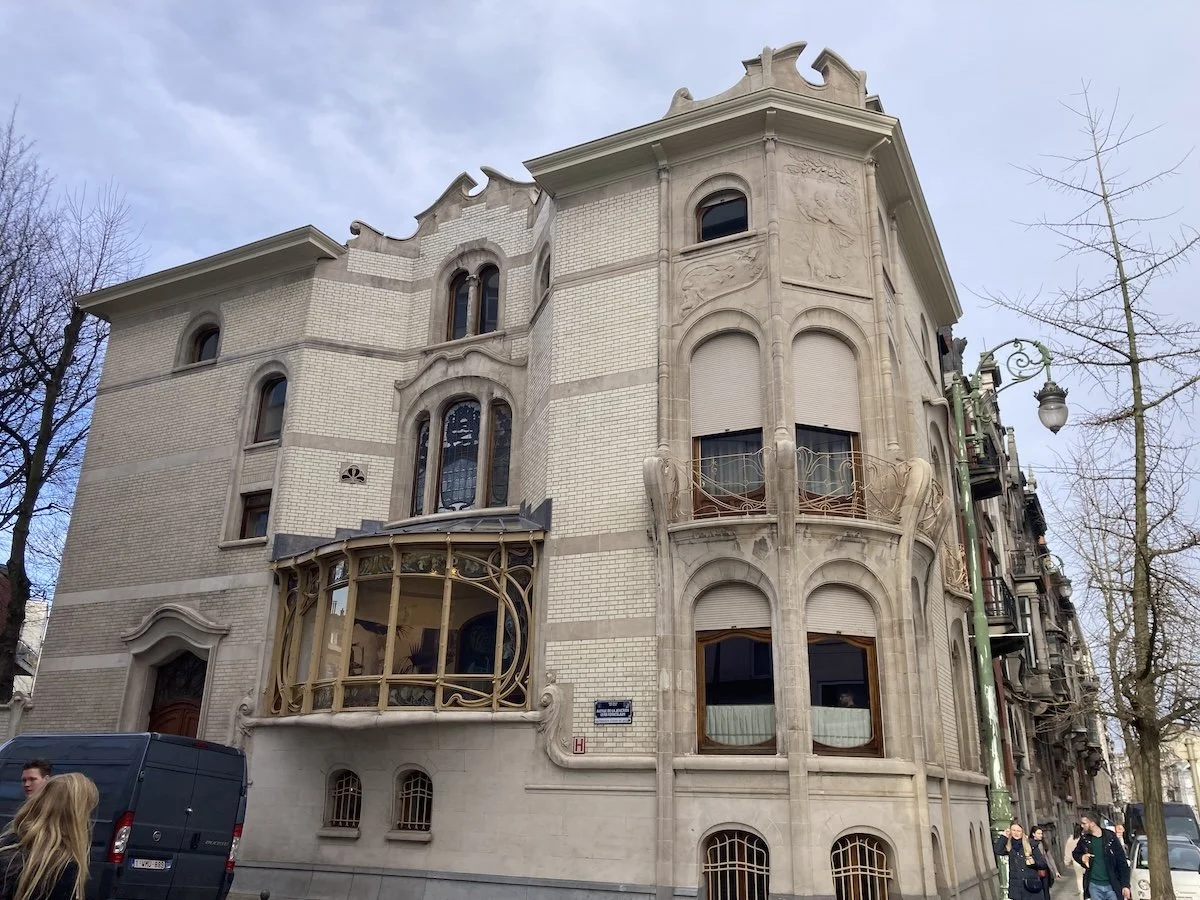How the Keukenhof gardens are created
The 40 gardeners at the magnificent Keukenhof estate in Lisse (40km southwest of Amsterdam) started work on 5th October 2023 to plant the first of 7 million bulbs (that's 175,000 bulbs per gardener – is that even possible?!) in time for the gardens to open as planned on 21st March 2024. This will be the 75th time that the garden has opened its doors for eight weeks (it closes on 12th May) to the delight of 1.5 million visitors from all over the world who come to admire not only the 1,600 varieties of bulb flowers for which it is famous but also the 2,500 magnificent trees, the bodies of water, the sculptures and greenhouses.
The garden’s theme for 2024 is “Organic Farm”.
The ephemeral floral exhibition occupies 50 of the 240 hectares of Keukenhof Castle, built in 1642 by Adriaen Maertensz Block, governor of the VOC (Dutch East India Company). Now owned and cared for by the Count Carel De Gaaf van Lynden Foundation, the estate was originally a hunting area for the colourful, four-times-married, warrior Countess Jacoba van Beieren (Jacqueline of Bavaria) who reigned from 1417 to 1433 over Holland, Zeeland and Hainaut.
Her ‘keukenhof’, or ‘kitchen garden’ where vegetables and herbs were grown, lay 5km north of Teylingen castle, which now lies in ruins, hence the name. It was around 1865 that the landscape gardeners Zocher, father & son, originally from Haarlem a few kilometers from Lisse, designed the garden that forms the basis of the current park. They were inspired by landscaped English gardens with a clever mix of large trees, shrubs, plants and flowers.
And since we are here in the heart of the Dutch floriculture industry, in 1949 a group of 10 bulb growers and exporters developed the idea of setting up an exhibition to display their production. And so the annual Keukenhof exhibition was born!
Frans Beijk, its current designer, starts thinking about planting for the following year at the end of spring. He walks around the grounds, makes sketches, then works out the details on the computer. When his plan is established, he goes to see the 100 producers, or rather official exhibitors, who will provide the 7 million bulbs free of charge, to establish with them, as well as with the park director Bart Siemerink and the manager Henk de Mooij, the plants and colours they wish to display.
The completed plan is transferred to large sheets of paper which are taken outside where the dimensions are very precisely transferred onto the earth and the outlines of the flower beds immediately dug. Then, each of the 100 exhibitors delivers their bulbs which are organised, sorted and, above all, labeled because it would not do for an orange tulip to stain a bed of purple ones!! And then they are planted, by hand, between the beginning of October and Christmas, rain or shine.
The gardener places all his bulbs, spaced three fingers apart from each other, in the lines previously dug, to ensure that there are enough. Then he plants them. To avoid later visitors to the garden looking at beds of withered flowers, the bulbs are planted “like lasagna” explains one of the gardeners. “We put the late-blooming bulbs at the bottom of the holes, then put a layer of soil, followed by bulbs that flower in mid-spring, a layer of soil, the early crocuses, a layer of soil, and that’s it!” The result is flowerbeds that look beautiful for eight weeks.
Once the exhibition is over, the bulbs are dug up, and either returned to the producers or transformed into paper.
Visitors to Keukenhof can wander through different styles of gardens ranging from English landscape to French baroque. In the natural garden, shrubs share space with perennial plants and wild bulbous plants. In the historic garden older varieties of tulips bloom while in Molenbos, a wood adjacent to the mill, special varieties of bulbs adapted to this humid and wooded environment are presented.
Frans Beijk and his team hope that visitors to the Keukenhof will glean new planting ideas that they can apply at home. But, having attempted in my own garden, I can attest that it is extremely difficult to try and replicate even a tiny corner of the Keukenhof in your garden without the help of several gardeners and very deep pockets! Because, unlike the 100 suppliers to Keukenhof I have not found anyone willing to provide me flower bulbs free of charge! Better to just admire the hundreds of photos you’ll doubtless take there!
Practicalities:
You can buy your tickets online at http://www.keukenhof.nl/ valid for a specific date and timeslot. In 2024 online tickets to the gardens cost €19.50 for everyone (seniors and students included) over the age of 18. You can also buy them at the ticket office but you’ll have to queue and they’ll cost €23. Children under four are free. Those aged 4 to 17 pay €9 whether the tickets are bought online or at the ticket office. If you come by car it will cost €8 to park it.
Come before 10:30 or after 16:00 to avoid the worst of the crowds.
A word about the photos:
These are photos I took in March 1980, the very first time I went to see the Keukenhof gardens. It was the 31st edition of the exhibition, so the floral design was not the work of Frans Beijk who was a child at the time! I’ve scanned and restored the negatives but you’ll see that the look is quite different from digital photos.














